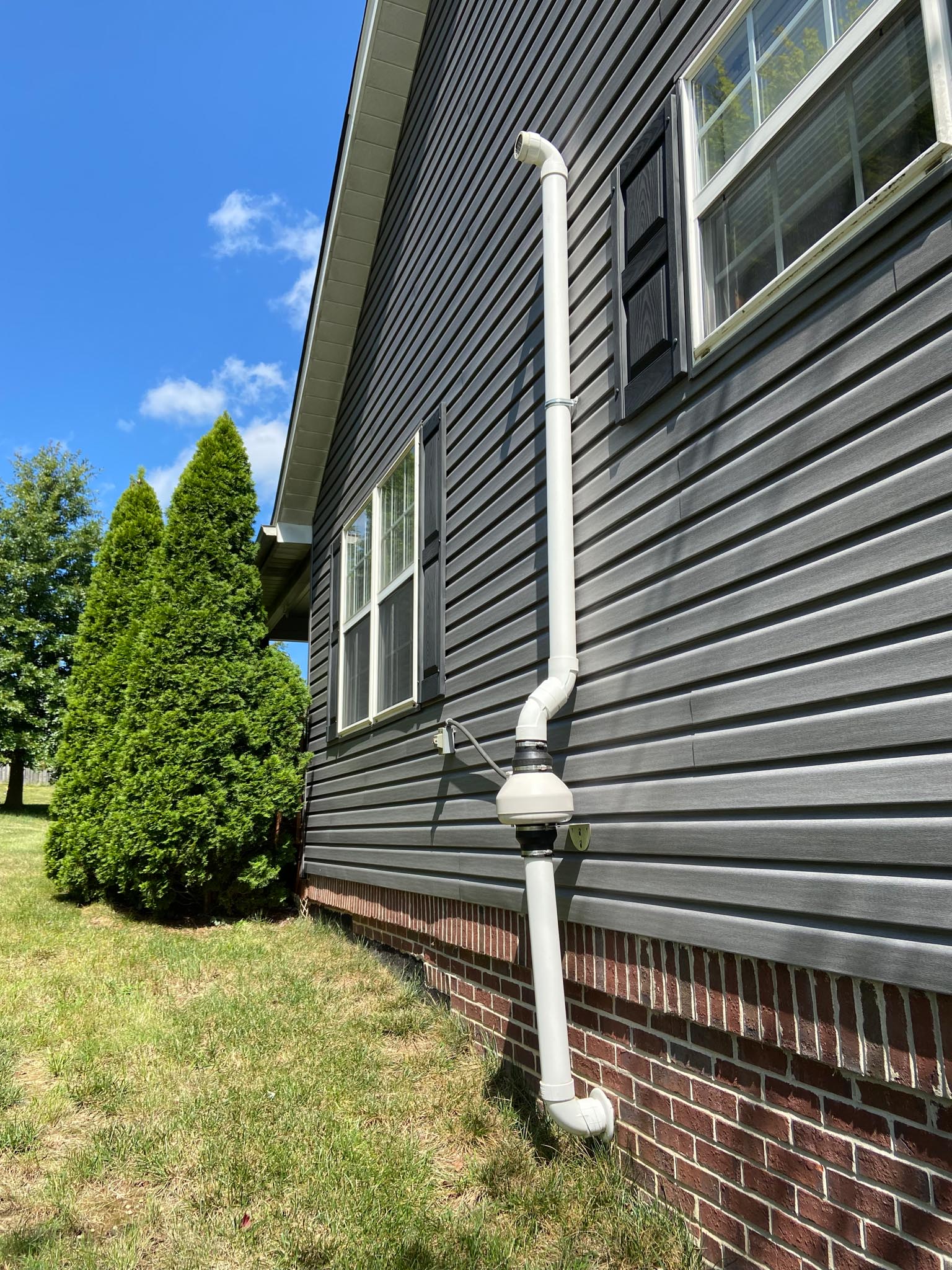Get a life-saving radon test before buying a home

Have you ever stopped to ask, “Is the air inside the home safe for me and my family to breathe?”
Most buyers focus more on price, how many bedrooms and what schools are nearby. Yet, experts suggest an ideal time to address air quality in the home is during the construction or sale of a home.
One of the most harmful indoor air quality risks is the presence of radon—a colorless, odorless, radioactive gas that naturally occurs from uranium arising from the Earth’s crust. While radon is found in small quantities in outdoor air, our greatest risk of exposure is inside the home, where we spend most of our time and where the gas enters, becomes trapped and accumulates.
In fact, radon is the second leading cause of lung cancer among Americans and the leading cause of lung cancer among non-smokers, accounting for approximately 21,000 cases of lung cancer each year in the U.S.
So how can you protect yourself and your loved ones from radon?
The best option is to take action before buying or building a home. Thankfully, the U.S. Environmental Protection Agency (EPA) has many resources available to educate yourself on radon.
During construction, radon resistant materials and construction techniques can be incorporated into the building to stop radon entry from the very start. For existing homes, radon can be mitigated when high radon is detected. Real estate transactions are prime opportunities to test for radon and fix it.
Because you cannot see, taste, or smell radon gas, the only way to know the level of radon in a home is to test for it. Some local health departments, as well as the Kentucky Radon Program, offer free short-term radon test kits to Kentucky residents.
In addition, you can hire a certified radon measurement professional. When elevated radon levels are found, radon mitigation systems can be installed by certified radon mitigation professionals. These systems can reduce home radon levels up to 99%.
In December 2019, the Kentucky Real Estate Commission’s Seller’s Disclosure of Property Condition form was revised to provide homebuyers and sellers with a standard warning statement about the dangers of breathing radon. The disclosure form specifies that the seller must disclose any radon testing results and mitigation reports. The form asks, “Are you aware of any testing for radon gas?” “If yes, what were the results?” By providing results, homebuyers can make an informed decision about the radon risk in the home.
It is important to recognize that a “N/A,” “NO,” or “UNKNOWN” response on the disclosure form does not mean the home is safe from radon. In this case, we recommend the buyer request the home be tested for radon before proceeding with the real estate transaction.
Addressing radon early in the transaction provides the buyer and seller adequate time to mitigate a potential radon problem. Ideally, sellers can prevent potential delays in the real estate transaction by testing the home before putting it on the market and reveal the results on the disclosure form.
Purchasing a home is a smart economic investment, but the best investment you can make is in your health. Before buying or building your new home—protect your health by testing for radon.
Stacy R. Stanifer, PhD, assistant professor and member of the BREATHE (Bridging Research Efforts and Advocacy Toward Health Environments) team at the University of Kentucky College of Nursing

